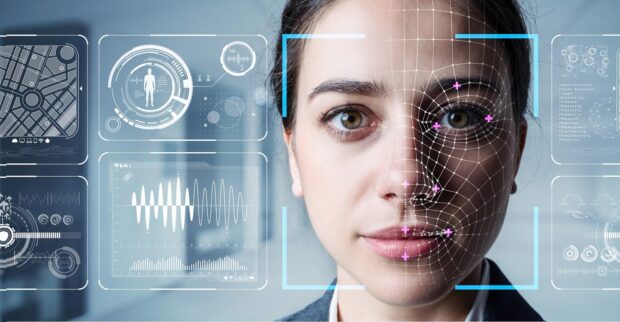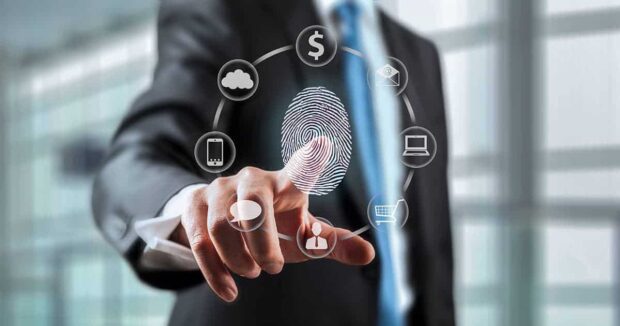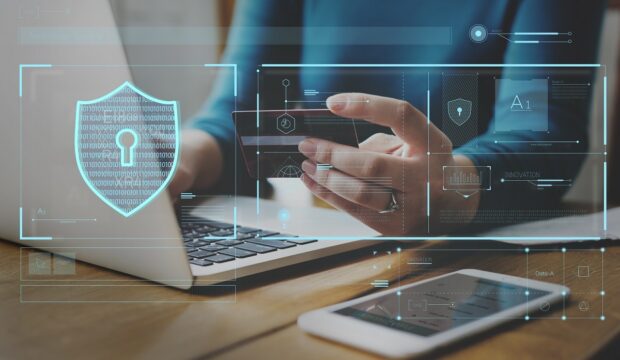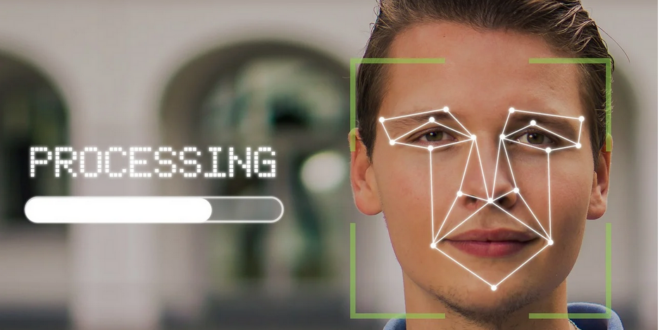Identification verification has become a necessity, given the ever-growing need to prove you are dealing with the right individual. With cases of identity fraud escalating by the day, you need a quick and reliable method of authenticating who you are dealing with at any given moment. Luckily, modern technology has come to the rescue by transforming what was once a manual process into an automated one. Here, we look at seven ways modern technology is improving ID verification.
1. AI-based ID scanning software

The introduction of AI algorithms in identity verification provides the much-needed objective authentication by enabling human-like decisions from the software. This technology makes automated identity authentication reliable by providing a firm foundation for standardized and error-free detection and classification of different documents. An AI-based ID or driver license scanner like those from smartengines.com only requires a fraction of a second to process these documents. This makes it quick and practical, even in the busiest environments where regular identification is critical for secure and hassle-free operations.
Another competitive edge provided by artificial intelligence is how well it elevates visual inspection of a document without requiring human input. It does this by relying on a trusted database to rapidly match the details, shape, and form of a document to ascertain whether they meet the standards required. This makes it easier to deploy an AI-based ID-scanner in any macro or microenvironment, as all that is needed is a valid database, and the software will be ready for use.
2. Optical Character Recognition (OCR)
OCR technology is designed to recognize texts inside images and scanned documents. This technology supports rapid information authentication as machine-encoded text is easier to validate against a genuine database. The translation of a document into character codes eliminates the need for human verification while enhancing the efficiency of automated ID verification.
ID scanners that use this technology do not have to transfer the data to a third-party service for manual processing. Instead, it uses the local RAM in a device to perform these operations even without the need for internet connections. This makes it an invaluable tool for remote teams and organizations that rely on a secure mobile application for their operations.
3. Machine learning for identity proofing

Machine learning has transformed how businesses process data as this technology automates analytical model building that supports rapid data analysis and decision-making. For ID verification, machine learning is an excellent tool for identity proofing since it enhances the accuracy of determining authentic IDs.
A major problem that machine learning has resolved is the ease in identifying worn-out IDs and documents scanned under low/poor lighting conditions. It resolves this hurdle through visual inspection zone detection that analyzes a document based on its unique features in different locations. This ensures that a real ID does not fail the authentication test because of normal wear and tear or poor lighting conditions when scanning a document.
4. Video-based facial recognition
Identity verification has gone to a whole new level as the need for strict and foolproof authentication becomes essential for financial and professional transactions. Video-based facial recognition technology makes this possible by using an individual’s face to confirm their identity. This makes it a powerful verification tool that uses the uniqueness of a “face-print” to recognize a person, which is safer and harder to beat than relying on physical documents.
Video-based facial recognition is instrumental in surveillance and when creating security systems where limited access is necessary. Financial institutions have equally benefited from this technology as remote banking has become the norm, and a greater level of security is expected of client accounts. Luckily, most smartphones today have front cameras that make the deployment of this technology more straightforward and practical.
5. Document forgery detection software

Fraudsters are getting better at document forgery, making it harder to differentiate a fake document from its original version. This presents a big headache for organizations and government agencies as it allows for many cases of identity fraud. Document forgery detection solutions come to the rescue by introducing advanced visual authentication techniques to identify modified or compromised IDs.
Typically, this technology is used alongside specialized multispectral scanners that aid in texture analysis, which is equally critical in detecting forged documents. Today, the most common application of this technology is at the airport when authenticating passports and passenger identity.
6. Smart ID cards
Electronic or smart IDs have become a highly recommendable identity verification solution as they are easier to incorporate into a digitized system. These sophisticated cards offer the advantage of an embedded chip that stores personal data to make identity verification simpler. Smart IDs work by transmitting RFID signals through this chip, allowing for on-the-spot or remote authentication.
The biggest beneficiaries of smart ID cards have been governments and businesses with a vast employee or customer base that need to be actively monitored. For governments, the most significant transformation has been how efficient electronic cards have allowed citizens to access social security services and online government services.
To make smart ID cards extra reliable, the data stored in the chips is always encrypted to avoid unauthorized third-party access. Some organizations or governments have gone the extra mile to introduce a second-factor authentication to ensure fraudsters do not use stolen or lost electronic IDS. Often, this involves a one-time pin sent to the users’ mobile device to confirm they are the genuine owners of the smart ID.
7. Biometric authentication systems

The use of biometrics to verify user identities has become prevalent globally, given how secure this technology is. By using unique human features such as fingerprints, iris and retina, and voice to determine an identity, you significantly reduce identity fraud. The odds of dealing with the wrong person are further reduced as the user has to pass through these security processes directly. Remote biometric authentication has also caught up thanks to smartphones with fingerprint scanners and facial recognition software businesses can leverage to secure access to their systems and customer accounts.
Endnote
The world has gone digital, and this has necessitated interactions and transactions to follow suit. To ensure that you are dealing with the right individual, investing in automated identity verification propelled by modern technology has become vital.
 Comeau Computing Tech Magazine 2024
Comeau Computing Tech Magazine 2024




